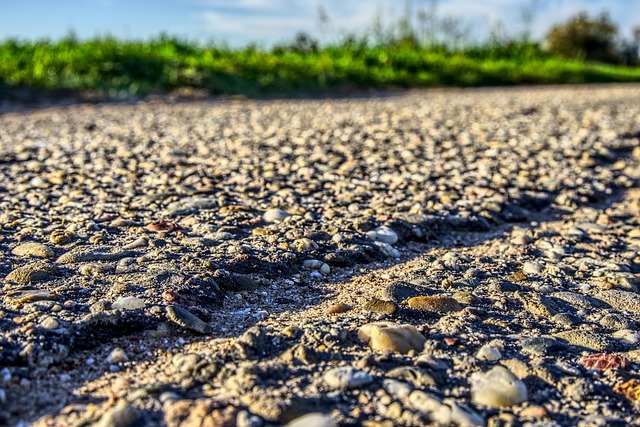The global landscape is changing, and it’s not just political or social structures that are under strain—our environment is being pushed to the brink, ushering in a wave of humanitarian crises around the world. The frequency and intensity of extreme weather events have dramatically escalated, becoming a harbinger of climate change’s dire consequences. From devastating hurricanes and floods to severe droughts and wildfires, the climate crisis is no longer a distant worry; it’s a pressing reality that affects millions of lives.
Extreme weather events bring with them an array of challenges that can destabilize communities, displace populations, and create dire humanitarian crises. As rising temperatures lead to ocean warming, the intensity of storms increases, causing destruction not just to infrastructure but also to the very foundations of society, including access to food and clean water. The aftermath is not just about rebuilding but also about addressing the urgent needs of those who’ve lost everything. In the wake of catastrophe, millions find themselves vulnerable, often without the basic necessities for survival.
Moreover, the environmental degradation caused by these events exacerbates the humanitarian crisis. With ecosystems collapsing at an alarming rate, biodiversity is suffering, and the services these ecosystems provide—such as clean air, water filtration, and food sources—are being compromised. This is a double-edged sword: as climate change wreaks havoc on the environment, it simultaneously fuels a cycle of humanitarian suffering that is hard to escape.
In response to these growing challenges, it is essential to recognize that fighting climate change is also a battle against humanitarian crises. Addressing the root causes—such as emissions reductions, sustainable practices, and investment in green technologies—can help mitigate the impact of extreme weather, potentially saving countless lives. Initiatives focused on enhancing community resilience and preparedness are crucial, ensuring that when disaster strikes, communities are not left to grapple alone with the aftermath.
The psychological toll of living in regions prone to extreme weather cannot be overlooked. Families live in constant fear of the next storm or drought, knowing that each event could mean the difference between survival and catastrophe. These feelings of helplessness and despair are palpable, making the case for immediate action even more urgent. Connecting our environmental policies with humanitarian responses is not just logical; it is morally imperative.
As we confront the harsh realities of climate change and extreme weather, it is essential to come together to form a united front. Advocating for policies that prioritize both environmental sustainability and humanitarian support will be vital in this struggle. Collaborative efforts between governments, NGOs, and communities can lead to effective strategies that not only address immediate needs but also set the stage for long-term recovery and resilience.
Understanding the environmental impact of climate change is critical, but we must also recognize the human cost associated with it. Each statistic represents a life uprooted by disaster, a family torn apart, or a community struggling to recover. The humanitarian crisis induced by extreme weather is one we cannot afford to ignore or underestimate. Our response today will determine the future of countless lives tomorrow.




